The Top Five Tools To Focus Your SEO Efforts
Google is exponentially increasing the number of improvements to their search every year. In fact in 2018, they made over 3,000 updates, which is about 8x PER DAY. This makes it quite difficult to know where to focus your time and efforts towards improving your website’s search ranking. But don’t let those numbers intimidate you!
Exactly one year ago, our newly designed Business Movement website was on page five of the search results for our ideal keywords. Our goal was to be on the top of page one. So we spent the last year researching SEO, attending SEO coursework, and constantly using our own Business Movement website as our testing subject, with the hope of improving our standings. We are proud to say that one year later, we are WEBSITE NUMBER ONE ON PAGE ONE of the search engine results for our ideal search term!
So now it is your turn. To assist you in knowing which SEO improvements will do the most for improving your site rankings, we are sharing our top 5 resources for Search Engine Optimization. These tools will greatly assist you in creating relevant, reputable content to boost traffic, better connect you with your ideal potential clients, and start improving your placement in the search rankings for your ideal keywords.
1. KEYWORDS EVERYWHERE
Keywords Everywhere is an easy-to-use Google plug-in that shows you keyword metrics based on what you type into the search engine. This is a great place to experiment with different words and phrases to see their monthly search volume, cost per click, and competition data from other similar websites. The monthly search volume is a good place to focus your attention, as it shows the popularity of terms that customers are typing in. Seek out some of the lower search volume words that have reduced competition so that you are able to be specific to your business and compete in a smaller pool.
Since this tool compiles a list of phrases that customers are actually plugging in and since Google is always updating their algorithm, it’s important to keep checking up on what the most popular phrases are ranking for. What might work for you today, may not have the same effect a week from now. Keep checking up on these and make necessary adjustments to your content!
2. YOUR CURRENT CUSTOMERS
Think and create content like a human, and not like Google. Let’s say you’ve looked at every SEO keyword tool, researched your competitor’s keywords, used every nook and cranny of Google Analytics to come up with the right words to describe your business. While all of these are extremely useful strategies, have you personally asked your CURRENT customers for their opinion? One of the greatest resources that is commonly overlooked, is surveying your current clients to see what words they put together to use to describe your business. Take a moment to create a client survey (with Google Forms, Typeform, Survey Monkey, etc.) and ask what search terms and websites they searched to find you. You should also ask them, if they did not have you now, how would they search to find a similar business. Here is a great place to also ask for Yelp reviews, Google reviews, and testimonials to use on your website. These client interaction and opinions on the web may also boost your SEO and help future customers with finding you.
3. SEO MINION
SEO Minion is another free Google plug-in that analyzes your on-page SEO and displays your ‘report card’ right for you on your side bar. You are able to see your page titles and headers, all of your links on that page, any broken links, your search result preview, and more. This may seem obvious but Google, as well as human users, are more engaged and favorable of a site that has a well thought out hierarchy and overall organization. Here you can see if your headers are focused and make sense for that page. Keep in mind for your page titles that search engines value the first word the most, followed by second, then third, etc. Continue to check out each page, making them scannable with bulleted or numbered information, and design it in a way to draw in customers.
Keep this same focus of being clear, concise, and easily digestible in your page description as well. Once someone gets to a full page of results, 75% of users never scroll past the first page of search engines, so it is important to use your words wisely and with a high intent for page titles and descriptions.
Artificial Intelligence (AI) has gotten so advanced that the site crawlers, as well as humans, want to be able to easily see the purpose of your business at a glance and find pages that match their specific searches. In fact, search results usually only show the first 50-60 characters of your description. Therefore, it is in your favor to present a specific, relevant, and digestible message for greater user experience and search optimization.
4. PAGESPEED INSIGHTS
A study shows that bounce rates increase by 50% if your website takes 2 seconds extra to load. The speed of your site is becoming more and more essential in this fast-paced environment that we live in. Searchers want a relevant title, easy to read and comprehensive description, as well as fast-loading pages on your site. This means that if you have high resolution, large sized photos, those may be slowing you down. One tool we love to use is PageSpeed Insights which shows the loading speed of your site on desktop and mobile. They also give you detailed areas to focus on and how to improve the loading speed.
5. GOOGLE ANALYTICS
Now that you’ve created quality content, keep in mind the ‘8 updates PER DAY’ that Google makes to their search code. Routine maintenance and regular updates to your site (at least once a month) prove to search engines that you’re keeping up the good work on a consistent basis. Take a look at your reports on Google Analytics each month to see your site’s overall performance, to learn which pages are getting the most views and which are not being seen at all. Then use this information to re-strategize, adjust and improve the site.
If you’re providing intelligent, relevant, informative, easily digestible content with a great user experience that you’re spreading to the public, other sites will link to you. Search engines, therefore, will most likely bump you up in the rankings because they see you as a resource to other credible sources. Use the ‘Links’ section on Google Analytics and keep an eye out for those linking to you so you can maintain and gain more healthy, mutually beneficial, connections.
Lastly, search engine optimization is a constant effort and rarely will you see quick improvements. Remember, it took us nearly a year to go from page five to page one. So, keep your eye on the prize by producing quality content that is easily scannable, interactive, and fast loading. Use the tools above, as well as many others, to diligently research and update your site as needed. And hire assistance if you are struggling. Trust me, it takes a village to win at the SEO game.














